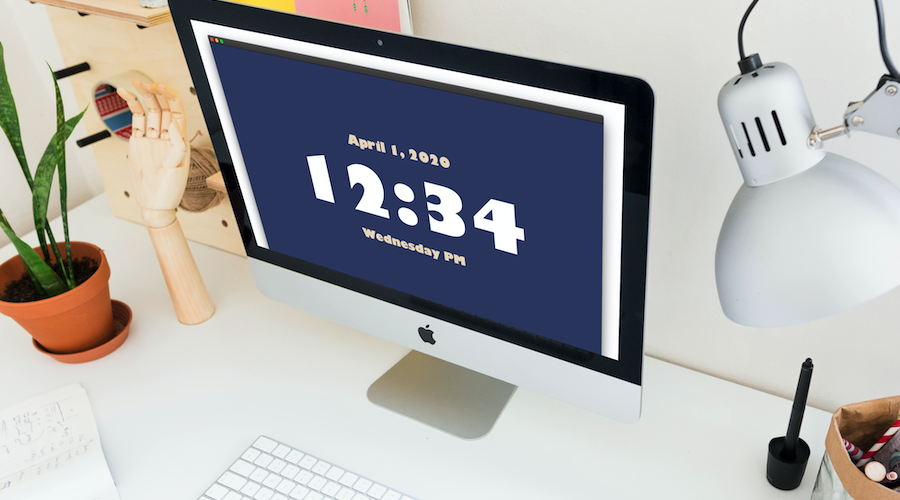Futura
Paul Renner
Futura is a geometric sans-serif typeface designed by Paul Renner and released in 1927.[1] It was designed as a contribution on the New Frankfurt-project. It is based on geometric shapes, especially the circle, similar in spirit to the Bauhaus design style of the period.[2][3] It was developed as a typeface by the Bauer Type Foundry, in competition with Ludwig & Mayer’s seminal Erbar typeface of 1926.[4][5]
Futura has an appearance of efficiency and forwardness. Although Renner was not associated with the Bauhaus, he shared many of its idioms and believed that a modern typeface should express modern models, rather than be a revival of a previous design. Renner’s design rejected the approach of most previous sans-serif designs (now often called grotesques), which were based on the models of signpainting, condensed lettering and nineteenth-century serif typefaces, in favour of simple geometric forms: near-perfect circles, triangles and squares. It is based on strokes of near-even weight, which are low in contrast. The lowercase has tall ascenders, which rise above the cap line, and uses nearly-circular, single-story forms for the “a” and “g”, the former previously more common in handwriting than in printed text.[a] The uppercase characters present proportions similar to those of classical Roman capitals.[7] The original metal type showed extensive adaptation of the design to individual sizes, and several divergent digitisations have been released by different companies.[8][9]
Futura was extensively marketed by Bauer and its American distribution arm by brochure as capturing the spirit of modernity, using the German slogan “die Schrift unserer Zeit” (“the typeface of our time”) and in English “the typeface of today and tomorrow”.[10][11] It has remained popular since.[5][12]
– From Wikipedia




